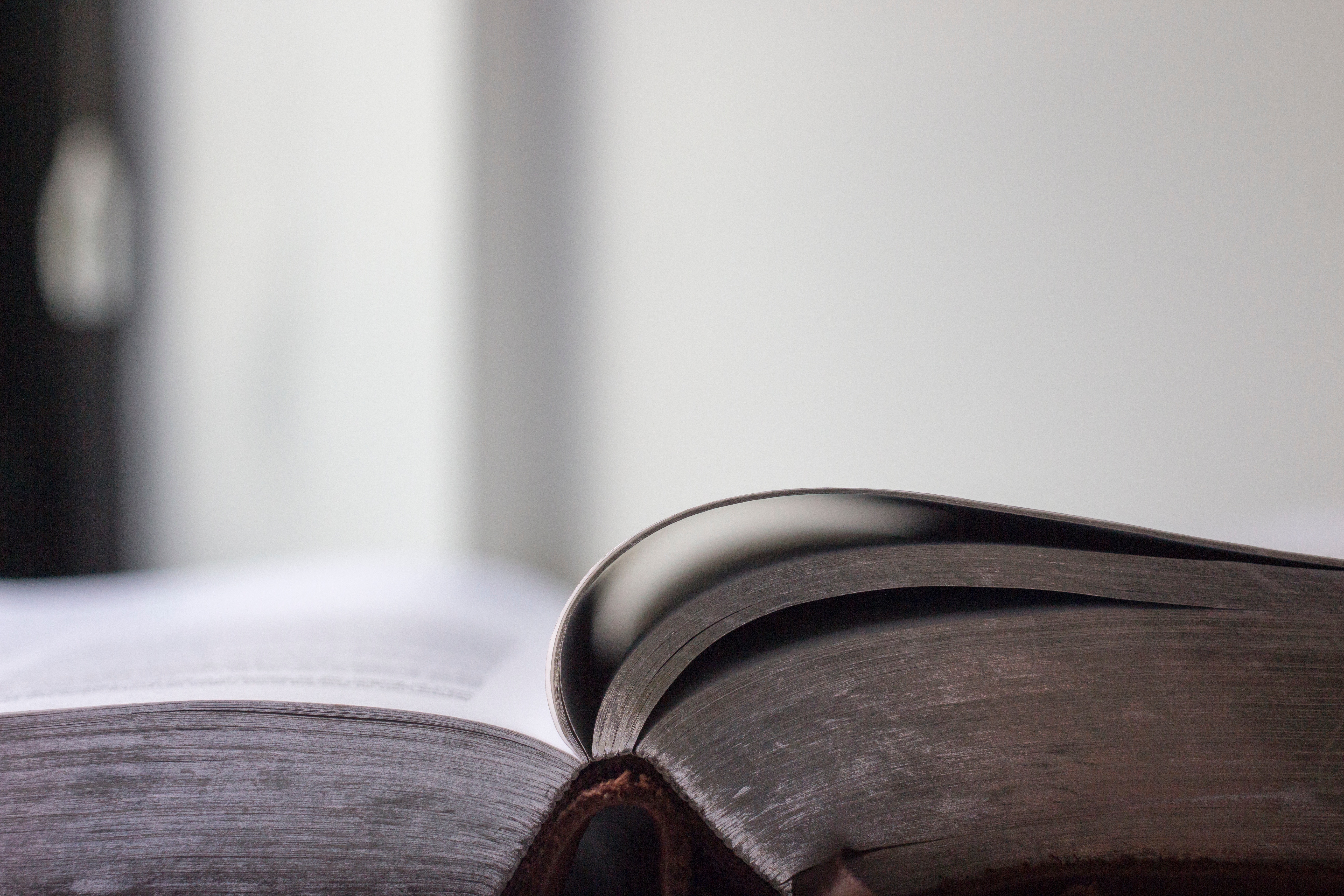by Jason Palmer, Hope Free Methodist Church, Great Plains Conference
As a part of the Free Methodist Liturgical Network’s response to COVID-19, the Network will be praying Evening Prayer together. This habit of praying set forms of prayer, sometimes called the Daily Office, has a long history, binding Christians together. It offers a grounding and steadfast discipline, especially during an uncertain time. While the days run together and the weeks drag out, the practice of praying together keeps us focused on our loving three-in-one God.
The New Testament implies that at least some of the first Christians practiced a regular pattern of daily prayer. In the Book of Acts, we see Christians “devoting themselves to prayer” and “to the prayers” (1.14, 2.42 NRSV). The third century document, the Didache, provides instruction to pray three times a day. Over time, especially with the monastics, the number of “offices” of prayer expanded to eight and became commonplace until the Reformation.
The English Reformation developed a strong tradition of the Daily Office. Thomas Cranmer wrote in the Preface to the 1552 Book of Common Prayer that “there was never any thing by the wit of man so well devised, or so surely established” than “the common prayers in the Church.” His desire was that these offices would take Christians through the whole Bible each year. The eight offices of prayer were reduced to two, Morning and Evening Prayer.
Thoroughly conversant with the 1662 Book of Common Prayer, John Wesley sent his edited version to the American Methodists in 1784. He combined the set prayer forms with encouragement to pray extemporaneously. Thus, ideally, on Sundays, the American Methodists would pray Morning Prayer, The Lord’s Supper, and Evening Prayer. On Wednesdays and Fridays they would pray The Litany, and on all other days they would pray extemporaneously.
Confidently expecting the return of Christ, Christians stop their days at appointed times to prepare themselves for his return. “Beware, keep alert and pray; for you do not know when the time will come” (Mark 13.33). Prayer is the posture of eschatological expectation. The discipline of daily prayer is an expression of constant readiness for the final event of salvation.
The act of setting aside certain times of our day to pray is also an act of offering our lives to God. “Present your bodies as a living sacrifice, holy and acceptable to God, which is your spiritual worship” (Rom 12.1). It is a part of fulfilling Paul’s precept that Christians “pray without ceasing” (1 Thess 5.17), and we do this together.
What is significant about daily prayer is the communal commitment to this practice. Christians devoted themselves to the prayers. This act of praying together, whether in person or apart from one another, reflects the nature of the Church. “For just as the body is one and has many members, and all the members of the body, though many, are one body, so it is with Christ” (1 Cor 12.12).
Evening Prayer is a common place to start. It is usually shorter than Morning Prayer and a great way to finish the day. The themes of God’s peace and protection are a comfort, especially during times such as this. The 1979 Book of Common Prayer offers a popular option, although the 1992 United Methodist Book of Worship provides a simpler form for Evening Prayer.
As with developing any new habit, praying the Daily Office regularly takes discipline. One way to begin is by praying with your sisters and brothers in Christ. Just as Methodists supported and encouraged one another in the Methodist Classes, so the habit of praying the Daily Office can be supported and encouraged in a similar way.
Beginning on May 31, the Free Methodist Liturgical Network will be praying Evening Prayer together.
For some, this will be an introduction to the Daily Office. For some, this will be an encouragement to continue developing the discipline of daily prayer. Either way, all are welcome to join us! We will be praying in a few different ways to show the continuity and diversity the Daily Office offers to all.
The habit of the Daily Office does not have to end with the pandemic. As many of us begin to gather again in person, the practice of committed, regular prayer together can unify us in faith and encourage us in spirit. And when all this too passes, we could even offer opportunities to gather through the week to pray Morning and Evening Prayer.


2 responses to “An Introduction to Daily Prayer”
An Anglican friend of mine posts daily podcasts (with a sacred music background) for Morning & Evening prayer using the new Book of Common Prayer released by the Anglican Church of North America (ACNA). The site is:
https://crossroadsanglican.org/daily-prayer/
The podcasts are approximately 25 minutes apiece each day. They are very well done and a great way to focus on the Daily Office in the midst of our hectic schedules. Definitely worth checking out. Grace & Peace, Mark
“Hour By Hour” is a daily prayer aid based on the Book of Common Prayer that guides readers through Prime, Sext, Vespers and Compline. Our family has used it for many years.
Rev. Tom Ball
Spring Arbor, MI